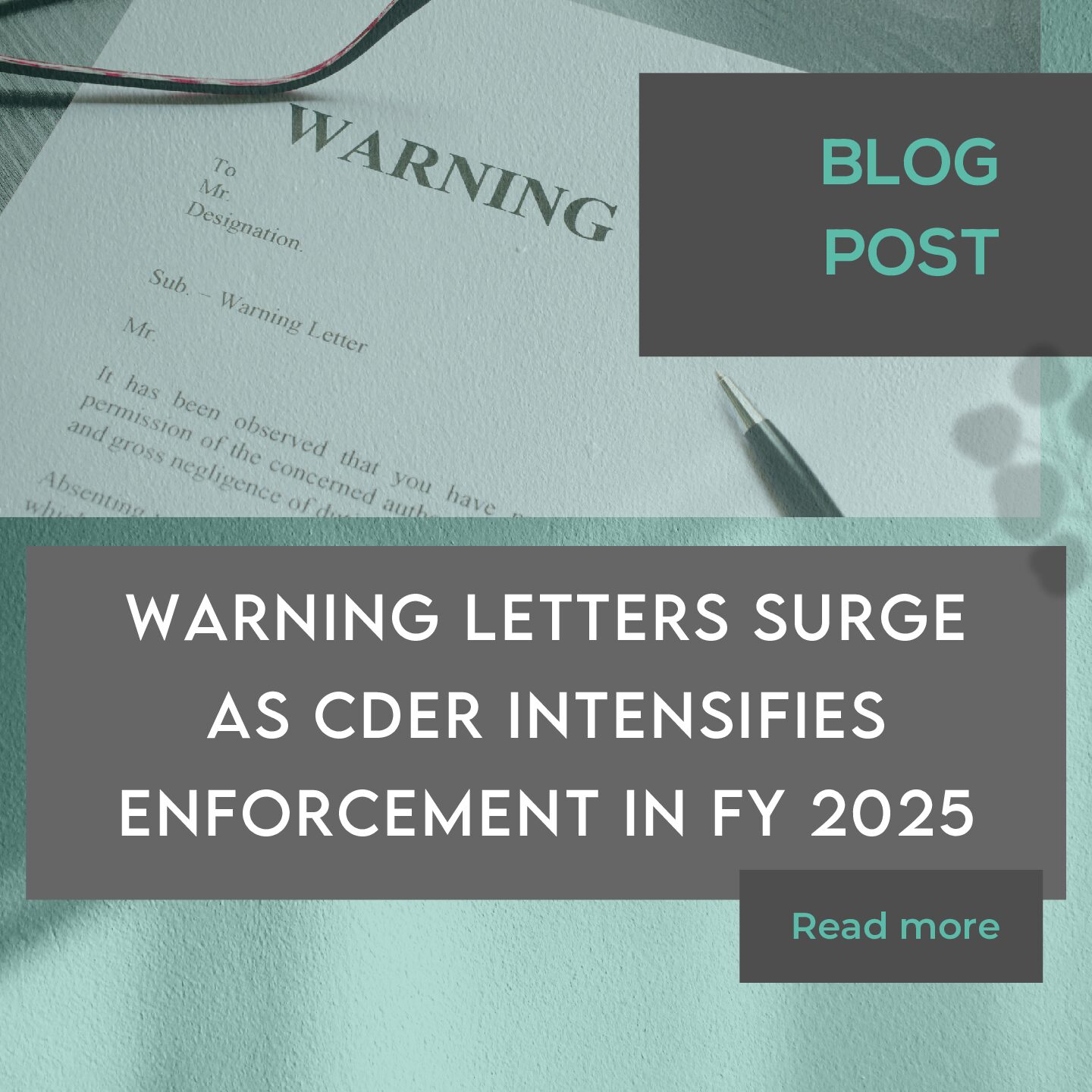FMEA is an acronym that stands for Failure Mode Effect and Analysis which is a method for determining any and all possible points of failure in a design, process, or product. This is a combination of Failure Modes, which is a way in which something could potentially fail and result in defects, and an Effects Analysis which determines the consequences of those failures. During this, failures are prioritized by how serious their consequences are, their frequency, and how they are detected. Failures are eliminated based on their priority, starting with the higher priorities.
These can be done when a process is being designed, to improve or modify an existing process, to analyze failures throughout a current process, or periodically throughout the life of a process to maintain it.
The first step in the process of a FMEA is to develop a diverse team of experienced people who have specific knowledge of the process, product, or design. After this, the team is able to define the scope of the FMEA and how much detail it should go into. Once this is defined, a table can be generated with identifying information as labels such as what the function could be or the potential root causes of the failure. Once these are established, the functions of the scope, all the ways each function could fail, and each failure’s consequences or effects can be identified. For each effect, the severity and root cause can be determined. Once root causes can be established, the frequency of occurrence, process controls, and detection methods can be determined. Once the information on each root cause is established, the risk is evaluated and recommended actions for prevention can be identified and completed based on their risk priority.
If you need support in developing an effective FMEA, the experts at EMMA International can help! Call us at 248-987-4497 or email us at info@emmainternational.com to learn more.
Failure mode and effects analysis (FMEA). ASQ. (n.d.). Retrieved April 12, 2023, from https://asq.org/quality-resources/fmea






